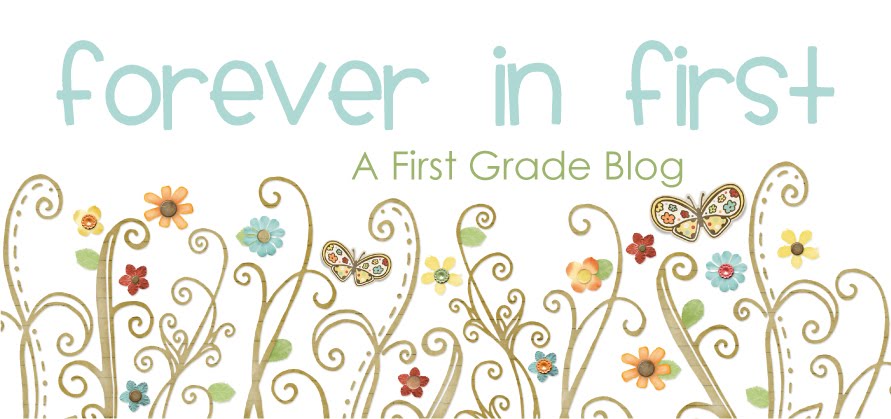George Couros, the Idaho Coaching Network, and Twitter have me thinking about creativity this year.
Couros, author of The Innovator's Mindset, says, "What we learn is not as important as what we create from what we learn."
The Idaho Coaching Network is reminding me that the goal of school is not for students to get better at school. It's transfer. It's allowing and expecting students to do something with their learning that reaches beyond the walls of the classroom.
Twitter is daring me to think about #makerspaces, like this one that's been up and running in my room for almost two months now.
While Makerspaces can be technology-based, they don't have to be. So first I asked parents for donations. (See my letter below.) They responded brilliantly and continue to send in items. I believe the students must be encouraging them since I only asked for donations the one time. It's important to continually add items though since the materials are consumable.
Two students visit the Makerspace during Daily 5 each day. Those two students forgo all the independent parts of Daily 5 except for guided reading. (I wholeheartedly believe in Daily 5, but I can make a compromise and allow each student to take one day off every few weeks.) The time spent creating typically equates to about 45 minutes, which is more then enough time.
Since I'm making this up as I go, I decided to make the first Makerspace round exploratory. The only thing I asked students to do was create a plan first. Making a plan based on available materials and then sticking to it is not a natural skill for young learners. Neither is stopping when there's still time available. Adding, adding, and adding is more natural. We've continually discussed the fact that if you keep adding, your creation will turn into a monster. (Yet even the monsters are celebrated.)
This is one student's plan.
a person
a house
a bell
At the end of the day, the two students who visited the Makerspace then have an opportunity to present their creations to the class. (In the future, I'm contemplating how technology might come into play with the presentation piece.)
After each student visited the Makerspace once, we started round two. The only change I made was a requirement to write about their creation when they finished. I think I left this too wide open and should have offered more scaffolds though.
This is one student's plan and reflection.
I'm planning to start round three after Christmas break. This time the students will have a STEM task to tackle at the Makerspace in addition to the planning and reflection writing pieces. I love the fact that students can have opportunities to explore freely but also be challenged by specific tasks.
I'm pleased with what the Makerspace has offered my students so far.
- They practice growth mindset in a real way.
- They create.
- They problem solve.
- They learn to plan and revise. (I love the connection to writing.)
- They present.
- They're engaged and talk positively about their experiences. (One boy asked a student from another classroom if she had a Makerspace too, and then went on to explain what he was doing.)
By the way, I have Legos in my Makerspace, but suprisingly the kids aren't interested in them. I can only assume it's because they want to cut, glue, tape, make, and take something home that they created from scratch, which is not something kids typically get to do at school.
If you're interested in reading more about Makerspaces, here's a useful article. I'll continue to share bits and pieces of my journey here on my blog. Even though it feels like I'm fumbling my way through this experience and know I'll find ways to make it ten times better in the future, I'm so glad I've taken on the challenge. I believe my students are too.
P.S. Come join me on Facebook at my teacher page. Click on the graphic to find me.






































